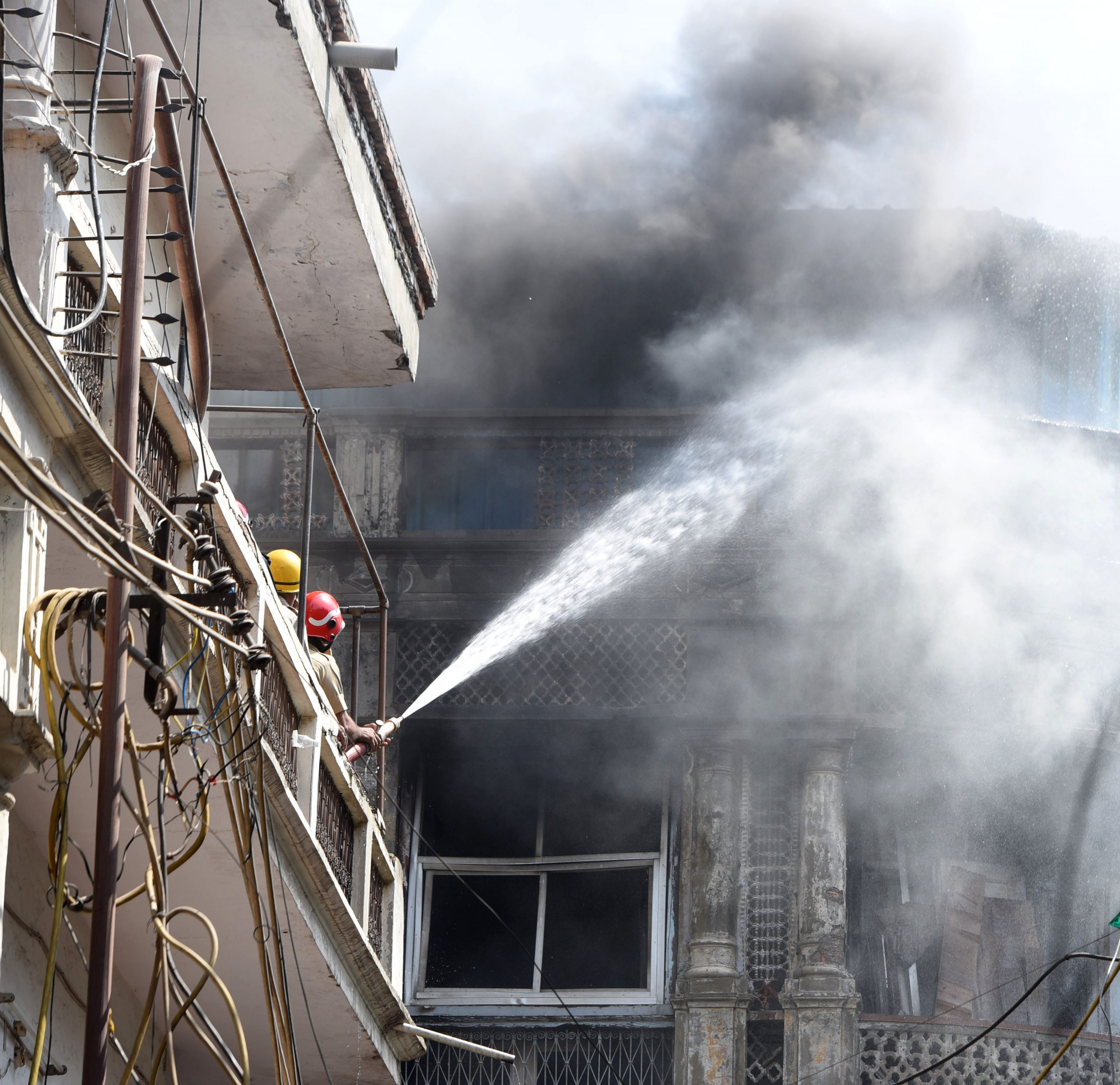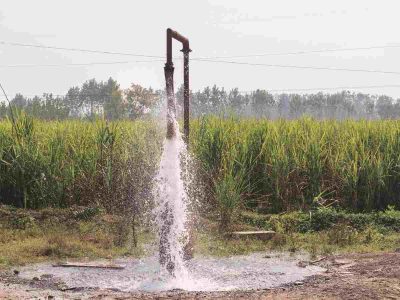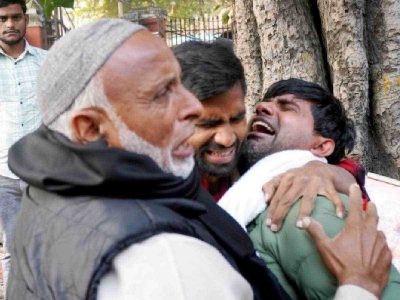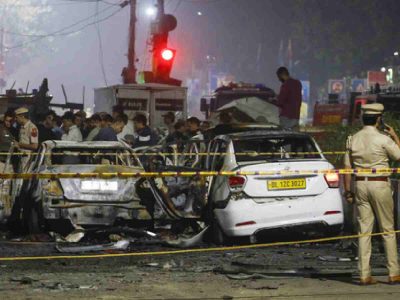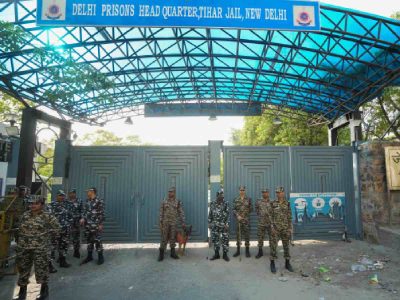Madan Lal, a 65-year-old shop-owner on Nicholson Road in Kashmere Gate area, is a shattered man having incurred a massive loss after his goods worth Rs 50 lakh were destroyed in a fire that broke out in an auto spare parts warehouse on December 11.
“The same day, we had bought goods worth Rs 5 lakh (he shows the bill). All have been wasted. We suffered a big loss due to the fire,” says Lal.
Although no injury was reported in the accident, over 40 fire tenders of Delhi Fire Service were deployed to fight the blaze in the market complex that left 40 shops gutted and led to a loss of crores of rupees.
Shop-owners in the market confirmed that the fire continued for over 24 hours before being extinguished.
Lal has been dealing in auto parts for around four decades and runs a shop in Vardan House in the auto market, which is said to be the biggest bazaar in Asia for auto spare parts.
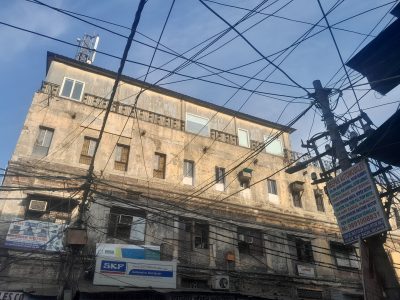
“We sell only genuine parts which is why we incurred a loss to the tune of Rs 50 lakh. We also demanded the empty box of our goods from the company so that we could show it to authorities during claim, but we were denied. This is a huge setback,” Lal, who has a warehouse in the burnt building, tells Patriot.
“We also pay 18% and 28% GST but despite that we have no hope of any claim.”
The affected structure which is called the ‘Kale Gate Wali’ building is currently in a vulnerable state. Hundreds of dealers have made established their warehouses in it.
“The building is not safe. The owner takes rent on time but then doesn’t repair the building. A part of the building has already fallen. Fire was extinguished only after around two days. The water (fire van) also drenched the auto parts,” recalls Lal.
According to officials, short circuit was the reason behind the fire. But in the entire market there are still no safety measures to counter short circuit. The wires are scattered and hanging everywhere, not only on the main road but in narrow lanes too, which can lead to another accident.
In PS Jain Auto Market, which is around 500 metres from ‘Kale Wali Building’ and can be approached only through a maze of narrow alleys, Nishant Jalan is busy collecting documents about his loss. He had a couple of warehouses in the ‘Kale Wali Building’ and lost one. He is preparing a claim of what all he lost in the fire and is not very revealing.
“Our warehouse is destroyed, everything is lost. We will face problems in running our business due to this loss,” Jalan tells Patriot.
He has been running Jalan Motors, a distributor shop for around two and half decades in this wholesale auto market.
When asked about the measures to be taken to avoid this type of incident in a crowded market, Jalan says, “The government should take initiative to renovate the old markets as they have done with Chandni Chowk.
“This has happened to us for the first time. Now, I am preparing for recovery. Hope I get it,” Jalan says hopefully after attending a call from the forensic department, which was asking about his losses
Vinay Narang, President of Automotive Parts Merchants Association, explains, “There were around 60 establishments out of which 40 have burnt. We will demand some compensation from the government.”
When asked about the safety of the market, Narang says, “We have written many times but the response from the authorities is very slow. BSES (Reliance energy, formerly known as Bombay Suburban Electricity Supply ) is, however, doing a good job in the markets. BSES has improved things in the Kashmiri Gate area.
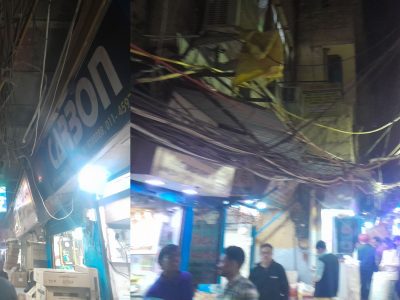
“In this case, internal wiring was not there which is why short circuit happened. But BSES is not responsible for internal wiring; the owner is responsible for it. We are going to meet officials regarding this case,” he further explains.
Delhi witnesses thousands of fire incidents every year. Whenever fire erupts, officials make many promises but they don’t fulfil them. Short circuit is one of the major reasons for fire in congested and old markets such as Chandni Chowk.
In 2022, Delhi witnessed multiple fire incidents. As per the data, more than 16,500 fire-related calls were made. As many as 82 people died and 722 were injured while property worth crores of rupees was lost.
Bhagirath Palace incident
A massive fire incident occurred in the narrow bylanes of Bhagirath Palace —India’s largest wholesale market for electrical and electronics goods — in November last year leaving around 250 shops gutted. The shopkeepers lost crores of rupees.
When Patriot visited the market a year after the incident, there was little improvement in safety measures.
The wires were still hanging in bundles across the market. The building, where the fire incident happened, is under construction and wiring was changed only there. The situation of the rest of the market remains the same.
A shopkeeper, also a victim of that fire, says, “I couldn’t get any compensation. The politicians visited only at that time but there was no follow-up. The situation in the market remains the same.”
Delhi’s Lieutenant Governor VK Saxena had visited the Bhagirath Palace market immediately after the incident last year and asked for a report within 30 days.
“With hanging wires, overloaded circuits, old buildings, water shortage and narrow lanes, such areas are dangerously prone to blazes,” the LG had tweeted.
Delhi also witnessed a fire incident through short circuit in congested Anaj Mandi that left 45 people, including 9 minors, dead in 2019. The building premises there was very crowded and had a narrow escape area. Back in 1997, the national capital also witnessed a fire in Uphaar Cinema that left dead 59 people, who were trapped inside the hall.
Delhi has suffered several other fire incidents caused not just by short circuit, but also by gas cylinder blasts.
Incidents of fire have continued unabated this year too. A fire broke out at a godown of wooden materials in Mayur Vihar area on December 17 and as many as 23 fire tenders were pressed into service, an officer from Delhi Fire Service (DFS) confirmed.
According to the data shared by DFS, 14,393 fire incidents were reported between January and November in 2023. This analysis also revealed that the highest number of fire-related incidents were reported in November when Diwali was celebrated.
According to the data, in the months of January, February, March, April, May, and June the department received 1171, 941, 1230, 1672, 1570, and 1345 calls respectively. While in July, August, September, October, and November, it attended to 1,194, 1,174, 968, 1,385, and 1,800 calls respectively.
Not to worry
DFS director Atul Garg explains, “Fire is a routine process in the city. There are 4-5 main challenges in every fire incident in congested areas. There is no road, so vehicles can’t go inside. There is no water source nearby, so when our water tanker is empty, there is no source to fill it, which leads to increase in fire. Multiple occupancy in a building or houses in vicinity of the affected building also creates problems. The strength of the structure — how old or weak it is — also matters.”
Garg also tells Patriot that traffic also has an impact during fire incidents.
When asked about the loopholes he adds, “It’s tough to say because police investigation matters.”
Devashish Dhar, author of the book ‘India’s Blind Spot — Understanding and Managing Indian Cities’, tells Patriot, “This can’t be addressed immediately. Not only fire, these buildings can’t also resist earthquakes and floods. Basically, the incidents in commercial and residential buildings happen due to basic problems. A lot more urban areas need to develop in India and a lot of areas should be redeveloped. New areas developed would follow new norms. When that happens, people will relocate from old to new areas.”
Dhar says further, “There is a shortage of houses in India. According to HPEC report, 2012, there is a shortage of 12-18 million housing units in India. The state and municipality should have enough capacity that they can impose norms in areas. Penalise illegal construction. Even in south Delhi, where mostly the elite live, residents have extended their houses to four storeys when you can extend only till the second floor.”
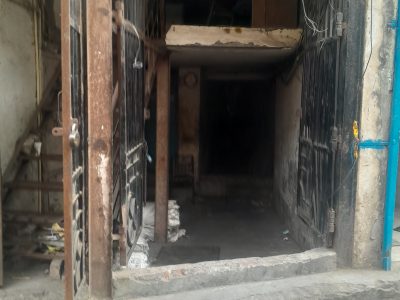
He said that urban planning is key in view of the shortage in housing.
“We only focus on ownership. We should focus building more rented housing, women working hostels among others. Houses should be constructed at high speed. Housing should be made affordable to lower-middle income group, middle income group among others. Then only people will relocate from congested areas. When they relocate, a lot many problems will be solved. People don’t want to live in congested areas but there are no options.”

